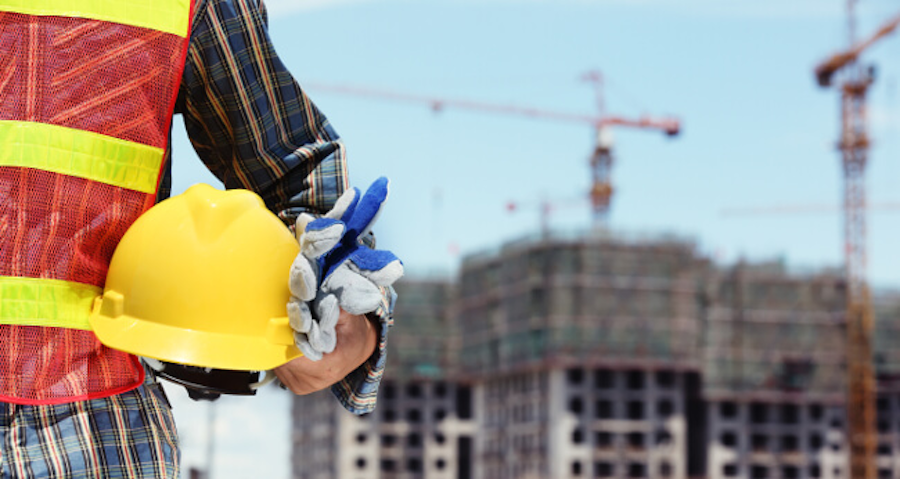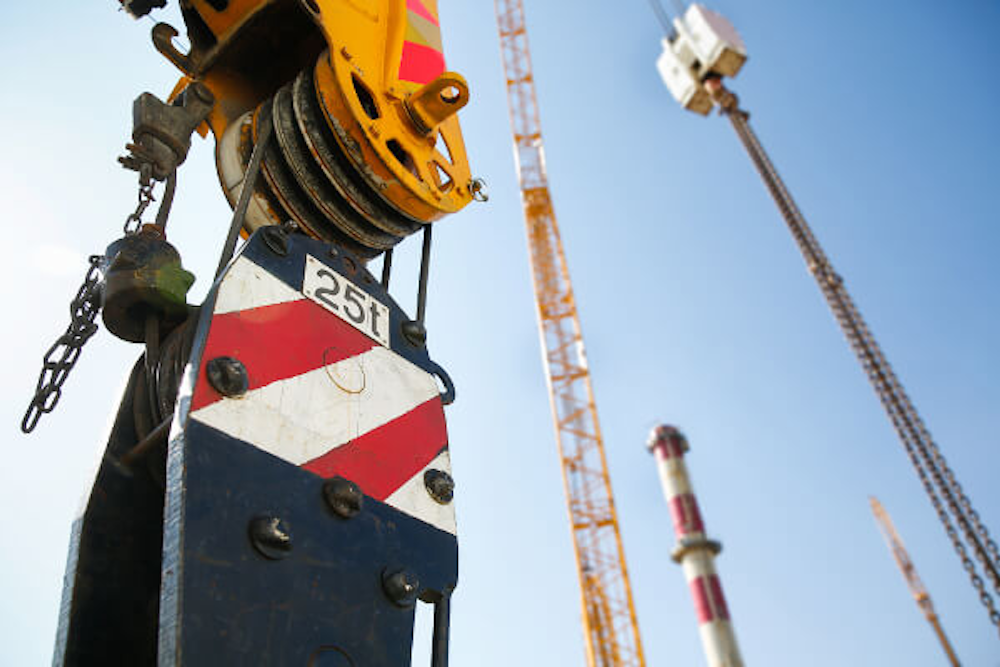News
What Does LOLER Mean?

What Is LOLER?
LOLER stands for Lifting Operations and Lifting Equipment Regulations, 1998. These Regulations are designed to place duties and responsibilities on those people and companies who have and/or use lifting equipment. To be more specific, this applies to all businesses or organisations whose employees use lifting equipment, whether owned by them or not. If in the instance that this is also work equipment, PUWER (Provision and Use of Work Equipment Regulations) will also apply.
What Does LOLER Mean To Me?
With LOLER in place it means you are ensuring that all equipment used for lifting purposes is safe and fit to be operated. LOLER ensures that the equipment is suitable for the task expected, correctly marked, and monitored under periodic ‘thorough examination’. Always remember to keep all records of thorough examinations and, if appropriate, any defects/issues found must be reported. When reporting, ensure that the person responsible for the equipment, and the relevant enforcing authority, are both informed.
Do I Need LOLER?
If you, as a business or organisation, undertake lifting operations then yes, you need LOLER. You also need LOLER if your business or organisation is involved in providing lifting equipment for other people to use. In both of these instances, LOLER is required and you must also manage and control any risks to avoid injury or damage.Always remember to consider:
- Visibility
- Environment
- Location
- Overturning
- Overload
- Proximity hazards
You should always plan before the action takes place, and a good plan includes all the steps that are involved as well as the potential risks that may occur as a result. It is best to have a competent supervisor present when planning and implementing a task, as a safety precaution.

What Lifting Equipment Does LOLER Cover?
LOLER covers all forms of lifting equipment in the workplace. Some equipment that is not considered to be lifting equipment, and therefore is not subjected to LOLER’s specific requirements, still requires PUWER. If you are unsure, always check where your specific piece of equipment is classified. Some examples of workplace equipment that does not come under LOLER but does come under PUWER are escalators, stair lifts and platform lifts. However, if the public has access to, and is using, the lifting equipment in the workplace then employers and the self-employed have responsibilities for the people who they do not employ. In short, you should still be managing the risks presented by your equipment to the public and arrangements should be made to reduce these risks.
What Lifting Equipment Should Be Inspected Under LOLER?
A LOLER thorough examination (LOLER regulation 9) must be completed on all lifting equipment. This includes equipment used at work for lifting or lowering loads, and also the attachments used for anchoring, fixing or supporting it. Examples of equipment that LOLER covers are cranes, trucks, fork-lift trucks, hoists, lifts, mobile elevating work platforms and vehicle inspection platform hoists. The LOLER definition also includes lifting accessories such as slings, chains, eye bolts and so on.
How Do I Mark My Lifting Equipment So It Complies With LOLER?
It is crucially important that every single piece of lifting equipment, including accessories, is marked to show their Safe Working Loads (SWL). This is the maximum loads that each individual piece of equipment can safely lift.If the specific equipment has multiple configurations, the information provided on the SWL must reflect all potential configurations. Accessories must also be clearly marked with any factors that might affect their safe use, such as their weight and where their weight is significant etc.

If a piece of equipment is used specifically to lift people, the number of people it can safely lift should be clearly marked. This should be in addition to the SWL of the equipment.Any equipment which may mistakenly be used to lift people should be marked clearly to indicate that this is not its use.
What Are The Benefits of LOLER?
When LOLER is in place it ensures that lifting equipment in the workplace is positioned and installed correctly to minimise risks. It also makes sure that the equipment is strong and stable enough for the task required of it. Finally, LOLER checks that the equipment is properly marked to indicate Safe Working Loads.
Subscribe
Keep up to date with PHL and all things forklift machinery.